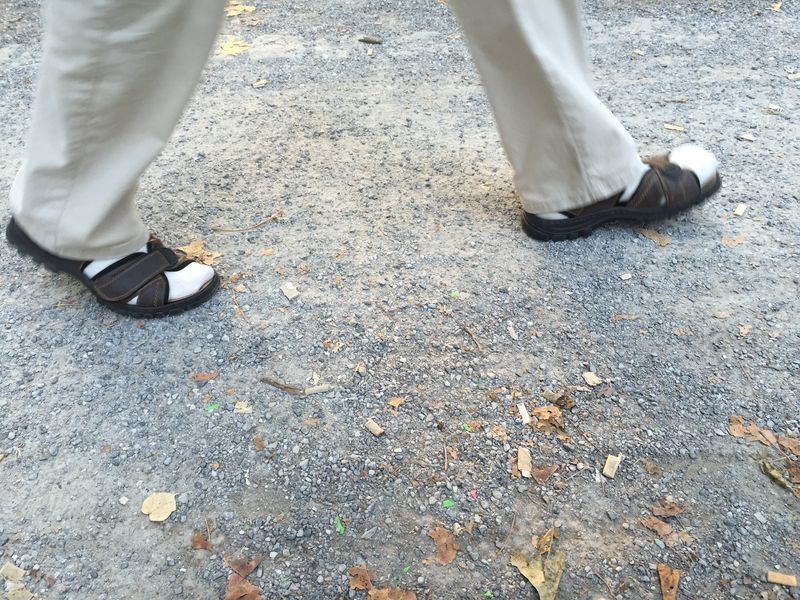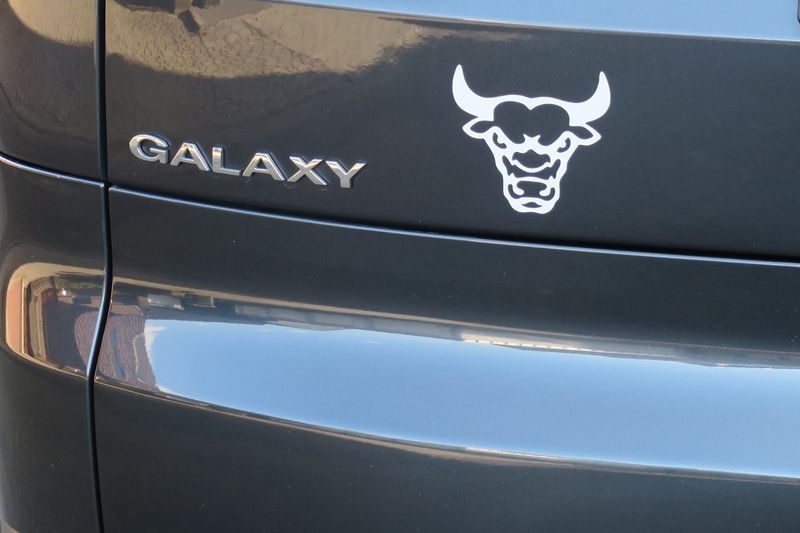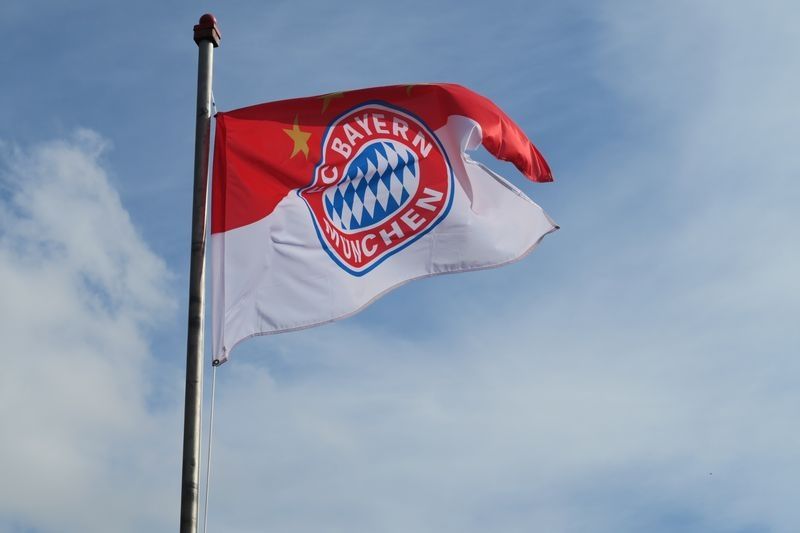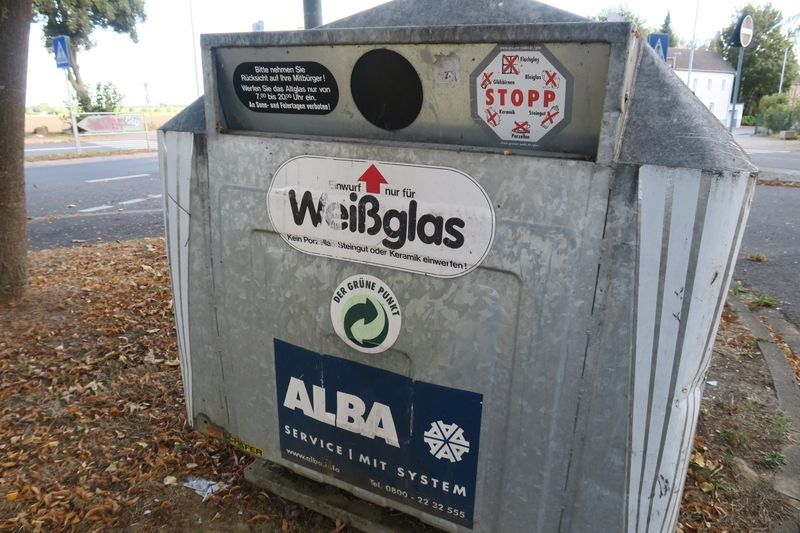Let's Talk Stereotypes
When someone says "Germany" what pops into your head? Beer? Sauerkraut? Being punctual? Oktoberfest? As you hopefully already know, not all stereotypes are true. However, as an American teenager who has been living in Germany for almost six months, I'm here to share which stereotypes I think missed the target and which hit the bullseye.
Stereotype #1: Socks and sandals are all the rage
This is one of my favorite stereotypes because I find it absolutely hilarious. If I learned anything during my first week in Germany, it's that socks and sandals do not discriminate. Socks and sandals know no age, gender, or color. Within my first week here, I saw at least 10 people, of all genders and ages, experimenting with this fashion statement. Now I know that Americans, especially teenagers, aren't exactly well know for dressing properly to go out in public, but socks and sandals are on a whole different level. To be fair, the only places I have observed this habit have been relatively rural. In urban cities such as Berlin, Hamburg, and Cologne, the chances of finding a resident wearing socks and sandals would be slim to none. However, this "trend" is definitely alive and well in Germany, although those who do wear them are a small minority.

I may or may not have sat in the park for half an hour waiting for someone to walk by wearing socks and sandals to snap this picture.
Stereotype #2: Fußball (soccer) fanatics
I'm going to say right off the bat that this one is true. As all sports fans know, showing spirit for your home team is essential. Here in Germany they have "public viewings" where groups of people meet up to watch soccer games on a big screen together, not unlike sports bars in the US. Often these "public viewings" involve lots of cheering, beer, and face paint. Just like in the US, cars and houses are decorated with team memorabilia. There's nothing wrong with showing a little team spirit every now and then, especially when your home team has won the World Cup four times ;)


Stereotype #3: Very straight forward
As an American in Germany I constantly find myself telling my host family that it doesn't matter whether I have the soup with or without onions, maybe I'd like to go for a ride in the convertible, and I don't care what show we watch. When I should be answering questions with a yes or no, I find myself trying to beat around the bush so I don't hurt any feelings or ruin any plans. This is something that Germans have no time for. They want honest and straight forward answers to their questions. Always answer with a yes or no, never a maybe.
Stereotype #4: Always on time
With the exception of public transportation (Deutsche Bahn, KVB), the majority of Germans that I've come in contact with are on time. When you're supposed to be somewhere at 9:30, be there at 9:30, or even earlier. Being late is considered impolite and inconsiderate.
Stereotype #5: Dirndl und Lederhosen
Before coming to Germany, I had the idea that a women wearing a Dirndl and a man wearing Lederhosen was the German equivalent of Americans wearing patriotic attire on the Fourth of July. However, I have since realized that while you might see a German wearing these clothes occasionally outside of Bayern, most likely this would be worn as a costume, much like something you'd wear on Halloween. This "tradition" is more tied to southern Germany and Oktoberfest rather than all of Germany. From my own visit to Bayern and from what the Germans around me have to say, Bayern is sort of the idyllic version of Germany, much different than the other German states. Sorry to have to debunk this one!
Stereotype #6: Germans are unfriendly
I'm from the Midwest, so my idea of being friendly is smiling at strangers in the street, striking up conversations with people you don't know on the bus, and talking to your neighbors. I think that this stereotype is more of a big city vs. little village issue rather than a whole country issue. In any big city it's more unlikely for people to acknowledge you because of the sheer density and quantity of people. From my own personal experience here in a small village near Bedburg, this is completely false. My host father has informed me that waving to neighbors while driving past them is essential. I haven't walked past a single person here in Kirchtroisdorf who hasn't greeted me with a chipper "Hallo!"
Stereotype #7: Come here Gottfried and Helga!
Names are always tricky because many carry family history and have special meanings. People poke fun at "typical" German names like Gottfried and Helga when the percentage of people actually named something like those is very low. These types of names are generally outdated and you will have a hard time finding someone named Gottfried who was born after 1940. Names that I've heard since I've been here are often universal, such as Marie, Julia, and Anne. However, what differentiates a German name from its American counterpart is the pronunciation. Often an "e" at the end of a name is pronounced with an "a" sound. So instead of Anne (Ann) it's pronounced Ann-a. Another trick is the letter "j", which makes a "y" sound in some cases. Names like Julia are often not pronounced Jew-lee-uh but rather Yu-lee-uh.
Stereotype #8: Environment lovers
Separate recycling bins for glass, plastic, paper, and non recyclable items are a great example of how Germany stays green. My family also has a compost bin where they put left food leftovers that are decomposable. If you look on the wrapper of almost any product, you will find the recycling symbol as well as how to recycle it. Your old English worksheet? In the blue bin. Your empty yogurt container? Yellow bin. The black bin is called Restmüll, which is where you put the rest of your non recyclable garbage. Every village also has big recycling bins for glass, which are separated by white and green glass. Another important part of German culture is Pfand. When you buy a drink in a plastic bottle, you pay a Pfand (deposit). Often, the Pfand costs more than the actual drink (usually around €0.25). Once the bottle is empty, you take it back to where you bought it and receive your Pfand back. It's a pretty cool way to entice people to recycle!

Stereotype #9: Beer
Beer is a pretty big part of Germany's culture. Just look at Oktoberfest! Although normal beer (beer with alcohol in it) is beloved here, so is alcohol free beer. In comparison to the US, Germany's drinking laws are very relaxed. Germany also has no open container carry laws, so you will see people walking around the streets and on trains with beers in their hands. It is definitely possible to enjoy Germany without drinking, but just know that even Germans agree that this stereotype is true and that drinking is very common and accepted.
Related Posts

Going Back Home
I’m back home now, in a suburb of Boston where I will be a high school senior in the fall. When I see friends or bump into neighbors, they smile... keep reading

A Visit from My Parents
After eight months of living in Germany with my host family, I was really excited when my parents told me they would be coming to visit over my two week... keep reading

Keeping in Touch
A difficult part of living away from home for any amount of time is staying in touch with friends and family. I have made so many great relationships with people... keep reading